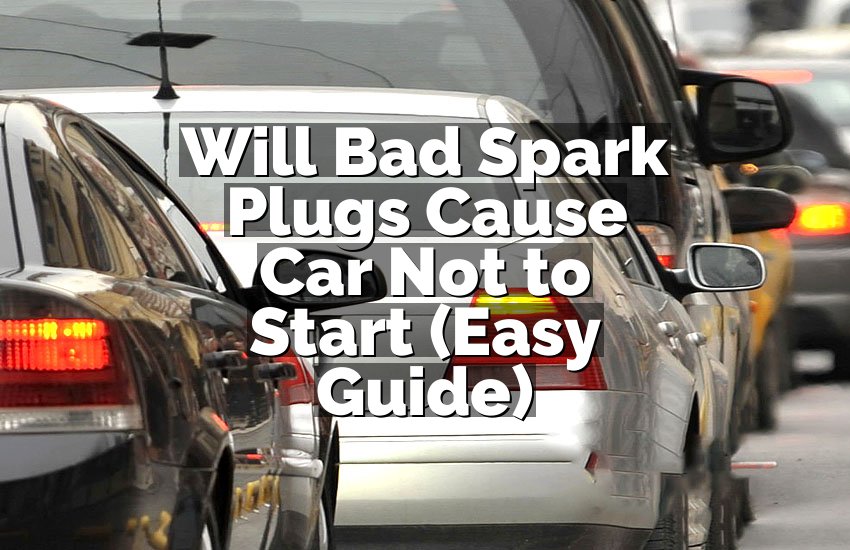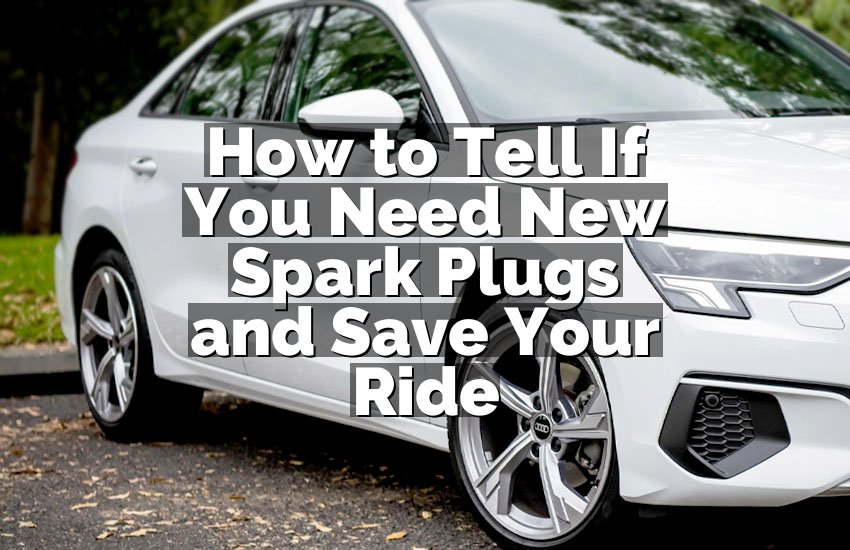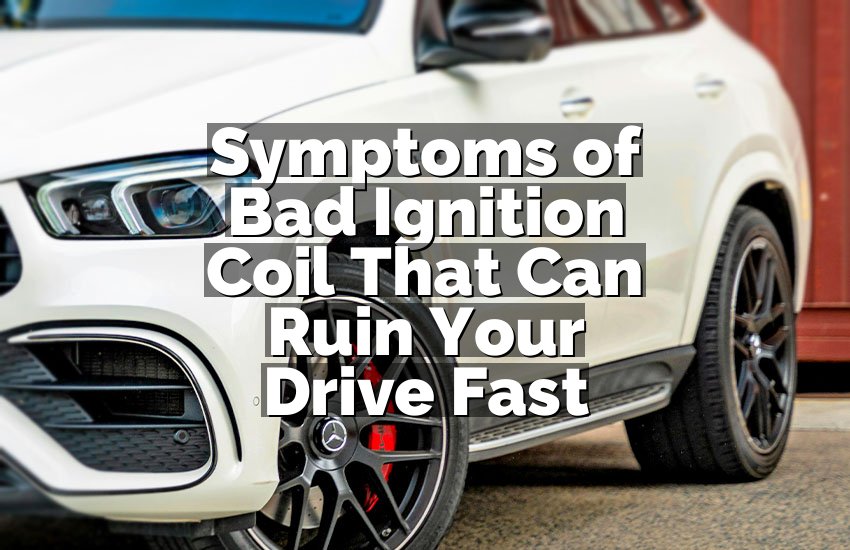You are standing in your driveway. Your car won’t start. The lights are dim, and the engine is completely silent. You know it’s the battery, but you’re not sure what to do next. This situation is super frustrating and can happen to anyone. The good news is you don’t need to call for help or rush to a mechanic. You can charge your car battery yourself using a simple battery charger. It’s not hard, and you don’t need special skills to do it. In this post, I will show you exactly how to charge a car battery with a charger in a way that anyone can understand and follow.
Find a Safe Place and Get Ready
Before you even touch the battery or charger, it’s very important to choose a safe place to work. Charging a car battery isn’t hard, but it does involve electricity, so safety should come first. The best place to do this is outside in your driveway or in a garage with the door open. Make sure the area is well-ventilated. Car batteries give off gases, and you don’t want those gases trapped in a closed space.
Once you’ve picked your spot, turn off the car completely. Take the keys out of the ignition and make sure all the lights and accessories are off. Open the hood and find the battery. It usually looks like a small black box with two cables connected to it. One cable will be red (positive), and the other will be black (negative).
Next, take a moment to inspect the battery. Look for any damage, cracks, or leaking fluid. If the battery is damaged, don’t try to charge it. You’ll need to replace it. Also, check for any white or green powdery stuff on the terminals. That’s corrosion, and it can stop the charger from working properly. You can clean it with a mix of baking soda and water and a toothbrush. Just be careful not to get it in your eyes or mouth.
Now, gather everything you need:
- A battery charger (make sure it’s the right one for your car)
- Safety gloves and glasses (optional, but a good idea)
- A clean cloth
- Time and patience
Take a deep breath and remind yourself that you can do this. Charging a car battery is not something only experts can handle. It’s something anyone can learn, including you.
Connect the Charger to the Battery
Now that your car is off and you’ve inspected the battery, it’s time to connect the charger. This is where things get real, but don’t worry. Just follow these steps slowly and carefully.
Start by finding the positive terminal on the battery. It usually has a red cover or a plus (+) sign. Take the red clamp from the charger and attach it to the positive terminal. Make sure it’s snug and not loose. Next, find the negative terminal. It usually has a black cover or a minus (-) sign. Take the black clamp from the charger and connect it to the negative terminal.
Some chargers may suggest you connect the negative clamp to a metal part of the car’s frame instead of the battery. This is for extra safety, especially if you’re using an older or manual charger. If that’s the case, look for a clean, unpainted metal part near the battery and attach the black clamp there.
With both clamps connected, double-check everything. Make sure the clamps are not touching each other. Make sure they’re connected to the right terminals. A simple mistake here can cause sparks or damage the battery.
Now plug the charger into the wall outlet. Most modern chargers will turn on automatically and show you a light or screen to confirm it’s working. Some chargers let you pick the charging mode—slow charge, fast charge, or automatic. If you’re not in a hurry, choose the slow charge. It’s better for the battery and helps it last longer.
Once everything is set, step back and let the charger do its work. Don’t touch the cables while it’s charging. Don’t try to start the car or use any electrical parts. Just give the battery time to charge fully. This may take a few hours or even overnight, depending on the charger and how low the battery was.
Use this time to relax or do something else around the house. Just make sure to check on the charger every once in a while to see how things are going.
Know How Long to Charge and When It’s Done
One of the most common questions people have is, ‘How long will this take?’ The answer depends on a few things:
- How low the battery is
- What kind of charger you are using
- Whether you’re using a slow or fast charging mode
A fully dead battery can take 8 to 12 hours with a slow charger. A fast charger might take 1 to 3 hours. Automatic chargers will stop when the battery is full. Older manual chargers won’t stop by themselves, so you’ll need to watch the time.
To know when your battery is done charging, you can check the lights or display on the charger. Most chargers have a green light or a message that says ‘Full’ or ‘Charged.’ If you don’t see anything, check the instruction manual for your specific charger.
You can also use a multimeter if you want to be sure. This is a small tool that measures voltage. A fully charged car battery should read around 12.6 volts or a little higher. If it reads much lower than that, it needs more charging.
If your charger is automatic, it will take care of everything. But if it’s a manual charger, be careful not to overcharge the battery. Overcharging can heat the battery and even cause it to swell or leak. That’s why it’s better to use an automatic charger if you’re new to this.
Sometimes, even after hours of charging, the battery might not hold a charge. This could mean the battery is too old or damaged. Car batteries usually last 3 to 5 years. If yours is older than that, charging might not help anymore.
Keep an eye on how the battery behaves after charging. If your car starts fine and runs without issues, you’re good. If the car struggles to start again soon after, you may need a new battery.
Disconnect Everything Safely
When the charger says the battery is fully charged, it’s time to disconnect everything. But don’t just rush in and pull the cables off. You have to do it in the right order to stay safe.
First, turn off the charger and unplug it from the wall. This is super important. Never touch the battery cables while the charger is still plugged in.
Now, take off the black clamp first. This is the negative one. Pull it off slowly and carefully. Then remove the red clamp (positive). Be gentle and don’t let the clamps touch each other.
Once both clamps are off, take a look at the battery again. Is it clean? Are the terminals still in good shape? If you cleaned off any corrosion earlier, now is a good time to wipe away any leftover mess.
If you used a charger that let you pick the charging speed, you might have noticed your charger got a little warm. That’s normal. But if it was extremely hot or made strange sounds, let it cool down and inspect it before using it again.
After disconnecting, close the hood of your car. Start the engine and see how it sounds. If it starts easily and everything works, then congratulations! You did it. You charged your car battery all by yourself.
Put your charger and cables back in a safe place. You might need them again one day, and it’s better to be prepared. Also, remember to wash your hands if you touched the battery or any cleaning chemicals.
You may feel proud now, and you should. Doing this yourself saves money and gives you more control over your car.
Take Care of the Battery After Charging
Now that your battery is charged and your car is running, let’s talk about what comes next. Taking care of your car battery can help it last longer and stop it from dying again.
First, drive your car for at least 15 to 30 minutes after charging. This helps the battery stay full and gives the alternator time to recharge it fully. Short drives can drain the battery again quickly, so take a longer trip if you can.
Next, try to keep the battery clean. Every couple of weeks, check the terminals. If you see white or green build-up, clean it gently with a toothbrush and a baking soda-water mix. This helps keep the connection strong.
Avoid leaving lights on or charging devices when the engine is off. These things slowly drain the battery, especially if your car sits unused for many days.
If you won’t be using your car for a long time (like during a trip), disconnect the battery or use a trickle charger. A trickle charger keeps the battery full without overcharging it.
Also, keep track of how old your battery is. Write the date on it when you buy a new one. If it’s more than 3 to 4 years old and starts giving you problems, it might be time to replace it.
Extreme heat or cold can affect the battery too. In very hot or freezing weather, check the battery more often. If your area gets very cold, consider using a battery blanket or parking in a garage to protect it.
Taking care of your battery isn’t hard. A little attention now can save you a lot of trouble later.
Know When to Get Help
Sometimes, even if you do everything right, the battery just won’t charge or keeps dying. If this happens, it’s okay to ask for help. You don’t have to fix everything alone.
If your battery is very old, it may not hold a charge anymore. That means you need a new battery. Most car batteries last around 3 to 5 years. If yours is close to that age or older, replacing it is probably the best choice.
Also, if your car needs to be jumped often or you see warning lights on your dashboard, it might not just be the battery. The alternator or other parts might be having problems. A mechanic can check the whole system for you.
Sometimes, the charger itself may not be working. If the lights on the charger don’t come on, or it doesn’t seem to be charging, try using another charger or get it checked.
If you ever see smoke, sparks, or hear loud sounds while charging, stop right away. Unplug everything and get help. Safety is more important than finishing the job.
Remember, learning to charge a car battery is a great skill, but it’s okay to reach out when something doesn’t feel right.
Final Thoughts
Charging your car battery at home is easier than it sounds. With the right steps, you can do it safely and correctly even if you’ve never tried it before. The key is to stay calm, follow the steps, and take your time. A dead battery can be a hassle, but now you know how to handle it without panic. Keep your charger ready, check your battery often, and stay confident in your ability to fix small problems on your own. You’ve got this!
Frequently Asked Questions (FAQs)
Is it safe to charge a car battery at home?
Yes, it is safe to charge a car battery at home as long as you follow the proper steps. You should always work in a well-ventilated area like an open garage or outside. Make sure the charger is in good condition and that the battery is not damaged. Always connect the cables in the right order, and never let them touch each other while plugged in. Turn off the charger before disconnecting the cables. Using gloves and safety glasses is a smart choice too. If something doesn’t seem right, like sparks or smells, stop and get help. With care, home charging is safe and easy.
Can I leave the charger on overnight?
Yes, you can leave the charger on overnight if it is an automatic charger. These chargers stop charging when the battery is full. This prevents overcharging and keeps the battery safe. If you’re using a manual charger, it’s not a good idea to leave it charging overnight. Manual chargers don’t stop on their own and can damage the battery if left too long. Always read the instructions that come with your charger. If you’re unsure, check the battery after a few hours or set a timer to remind yourself to check it before going to sleep.
Do I need to remove the battery from the car?
No, you don’t need to remove the battery from the car to charge it. Most chargers are made to be used while the battery is still connected in the car. Just make sure the car is turned off and all accessories are off. Keep the area around the battery clean and dry. In rare cases, if your car is in a very tight space or if you feel safer, you can remove the battery, but it’s not necessary for most people. Charging it while still in the car is quicker, easier, and perfectly safe when done right.
Is it bad if I connect the wrong cable?
Yes, connecting the wrong cable can be dangerous. If you attach the red clamp to the negative terminal and the black clamp to the positive terminal, you can cause sparks, damage the battery, or even hurt yourself. Always double-check before connecting anything. Red goes to positive (+), and black goes to negative (-). If you ever realize you’ve made a mistake, unplug the charger right away and fix the cables before continuing. It’s okay to be careful and take your time. Mistakes like this can be avoided with a little extra attention.
Can I charge the battery without removing the cables?
Yes, you can charge the battery without removing the cables from the battery terminals. Just make sure the car is turned off, and everything electrical in the car is also off. This method is common and works well for most modern cars. Just be sure to connect the charger carefully and follow the proper order. If the battery has corrosion or looks damaged, then it’s better to disconnect it and clean it before charging. But for normal use, you don’t need to remove the cables when charging.
Do I need a special charger for my car?
Not always, but it helps to have the right type. Most car batteries work well with a standard 12-volt charger. If you drive a small car, a basic charger is fine. For trucks or large SUVs, you may need one with higher power. Some newer cars with advanced systems may need smart chargers that automatically adjust. Always check your car’s manual or battery label before buying a charger. If your charger is too weak or too strong, it might not charge properly. A simple automatic charger with built-in safety features is a great choice for most people.
Is it okay to charge the battery in the rain?
No, it is not safe to charge a battery in the rain. Water and electricity don’t mix. If you try charging in wet conditions, you can risk shock or shorting the charger. Always choose a dry and safe place to charge your battery. If it’s raining outside, try moving your car into a garage or wait for better weather. Even if the charger says it’s weatherproof, it’s better to be safe than sorry. Protect yourself and your tools by charging in dry conditions only.
Can a dead battery be charged fully again?
Yes, a dead battery can be charged again, but only if it’s not too damaged or old. If the battery has gone flat just once, a full charge might bring it back to life. But if the battery is more than 4 or 5 years old or has been completely drained many times, it may not hold a charge anymore. Try charging it fully and then use a multimeter to check the voltage. If it charges up to around 12.6 volts and holds that level, it’s still good. If not, it’s probably time to get a new battery.


